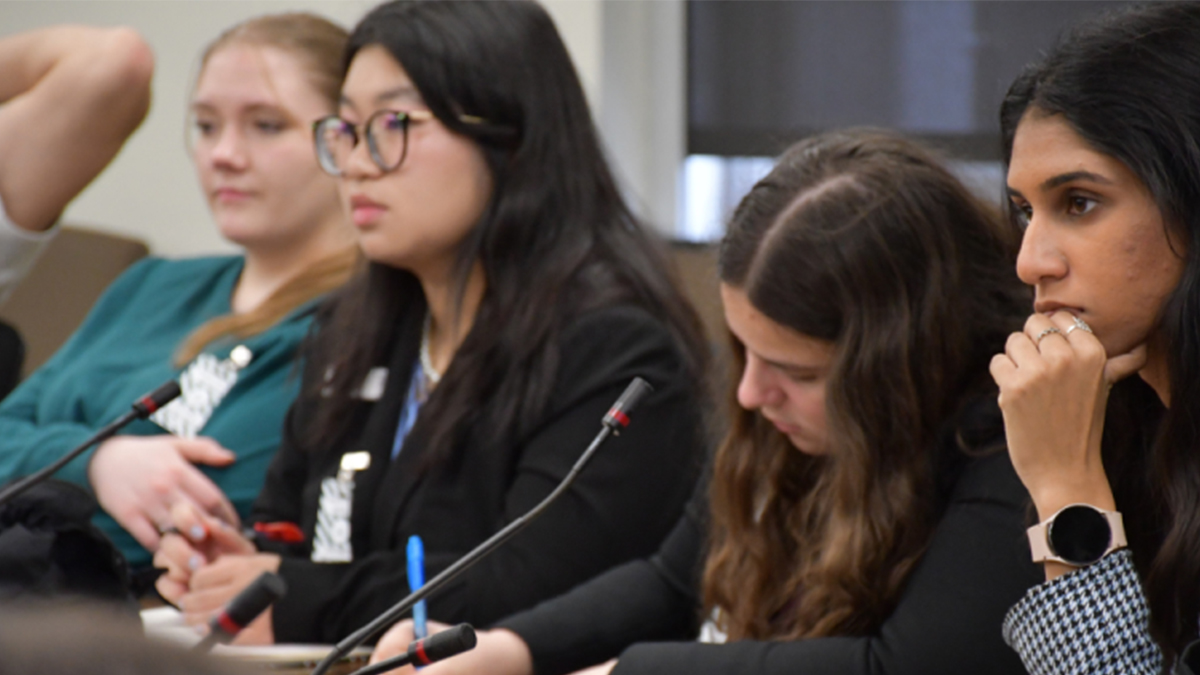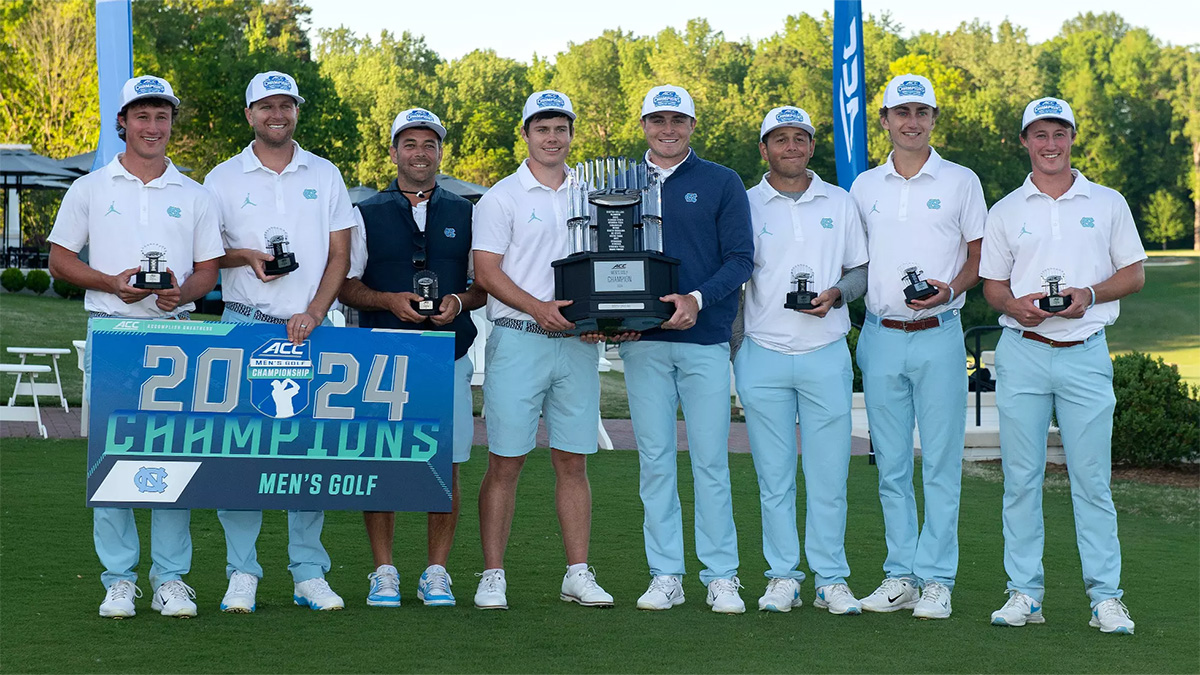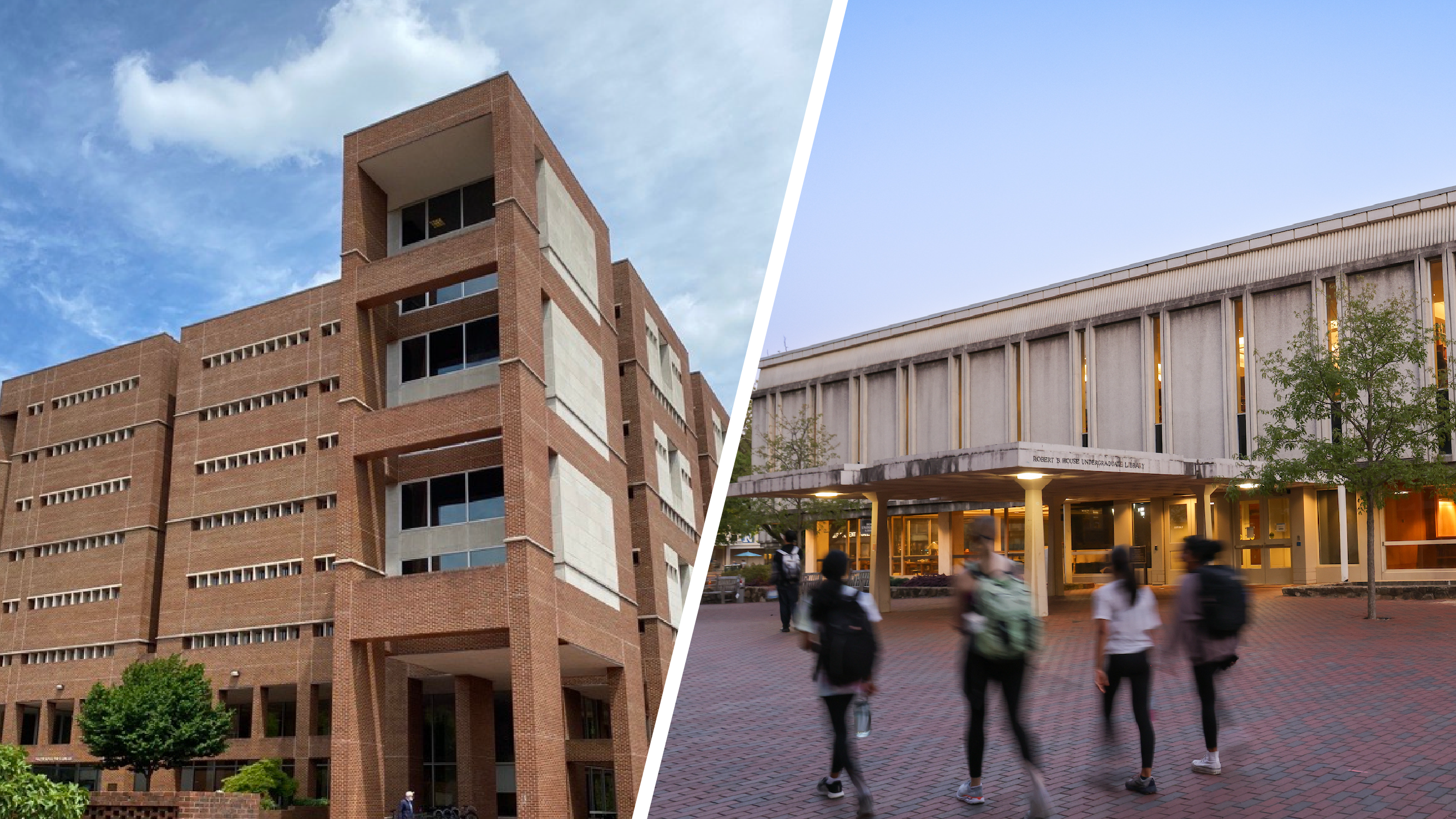Capstone project looks at impact of light pollution
Students at UNC Outer Banks Field Site research how artificial light at night affects wildlife.
Press the play button above to watch the video
On a moonless night, Kenza Hessini-Arandel treks across the beach toward the shoreline. She pulls a device the size of a garage door opener out of her backpack and thrusts it into the air. A number flickers across its digital display. After writing it down in her notebook, she packs up her things and heads to the next field site.
“Whenever we’ve gone out there, the waves are crashing, and you can hear them, but you can’t see them,” says Hessini-Arandel, a junior at UNC-Chapel Hill. “And there’s crabs running around everywhere. So it’s a bit of a process going out there and taking these measurements in the pitch black.”
In fall 2023, Hessini-Arandel was one of 12 undergraduate students studying coastal science and environmental policy at the UNC Outer Banks Field Site on Roanoke Island. During the semester-long program, students complete a capstone research project. Last semester, they studied changes in artificial light, its effects on sea turtle nesting, community perception and support for reduction measures.
Light pollution disrupts the natural cues of day and night, which can confuse circadian rhythms and negatively affect sleep patterns in nearly all living organisms, including humans. It can also affect growth and flowering patterns for trees and plants and can lead to changes in behavior, foraging, and breeding among insects, turtles, birds, fish, reptiles, and other species. Artificial light is especially disorienting during migration. In October 2023, a building in Chicago killed nearly 1,000 birds in one night.
“The Outer Banks are really developed in a lot of places and that comes with lots of artificial light at night,” says Hessini-Arandel. “It’s important that we understand how it’s impacting things, especially turtles — a lot of which are endangered — to better understand how we can manage our development on the coast.”
Collecting the data
To measure light pollution along the islands, students traveled to 14 beach access sites from Corolla to Oregon Inlet at three different times throughout the semester. They took readings during new moons and recorded visible light sources, constellations, and cloud coverage, which can reflect light and impact measurements.
During the day, they compared their measurements to previously collected satellite data to understand how artificial light at night is changing along the islands. They also analyzed sea turtle nesting data to determine how light levels impact nesting behavior.
“Certain levels of artificial light can harm us or other organisms like sea turtles,” Carolina junior Nijah Pope explains. “And it’s something that people aren’t aware of unless they see evidence showing that the light from their beach house can disrupt sea turtle habitats and cause them not to be able to lay eggs successfully.”
Additionally, students surveyed residents and visitors to learn about their perceptions of artificial light at night and what they might be willing to do to reduce it.
Creating good stewards
During the summer, Lindsay Dubbs and Linda D’Anna, the OBXFS director and associate director, brainstorm topics for the fall capstone project. Once they pick one, they have an idea of the methods students will use, but they can’t predict their results.
“It’s original research, so we don’t know the answers — and we don’t necessarily know how it’s going to go,” D’Anna says.
Students take classes on coastal science and environmental policy and apply that knowledge to their projects. They learn how to pose research questions, formulate hypotheses, collect and analyze data, and present their results to the community.







